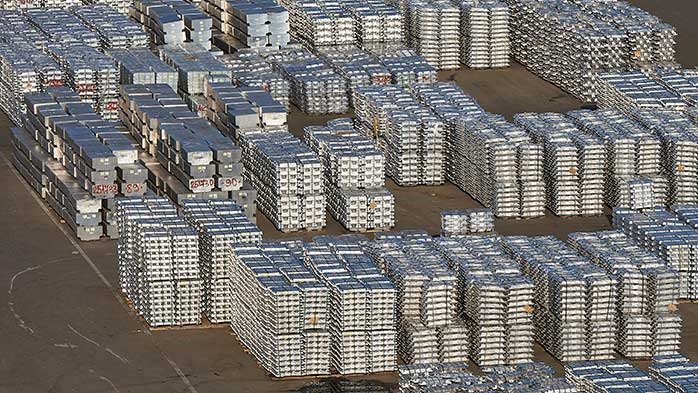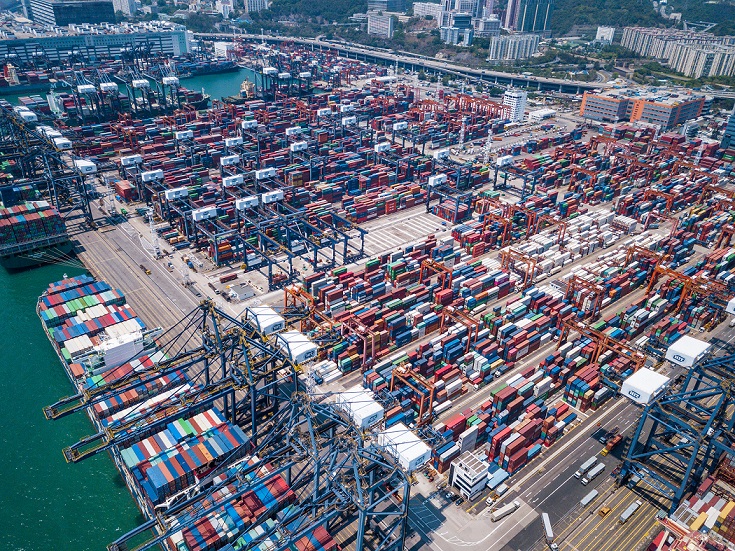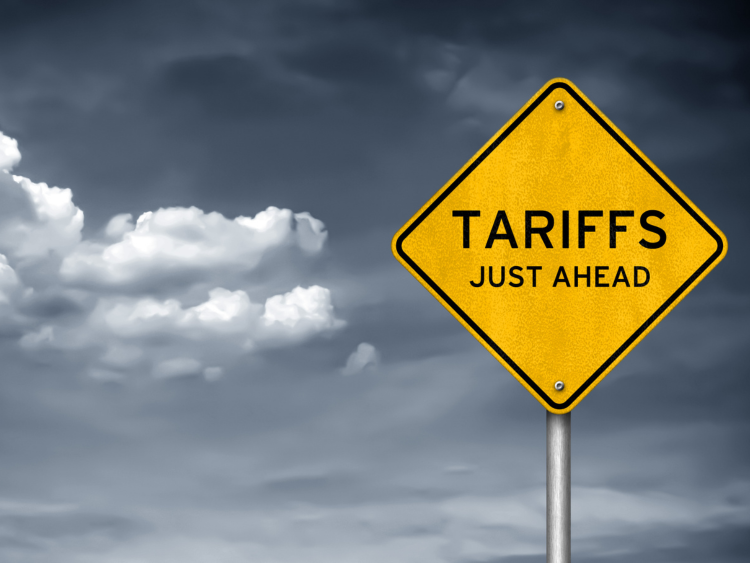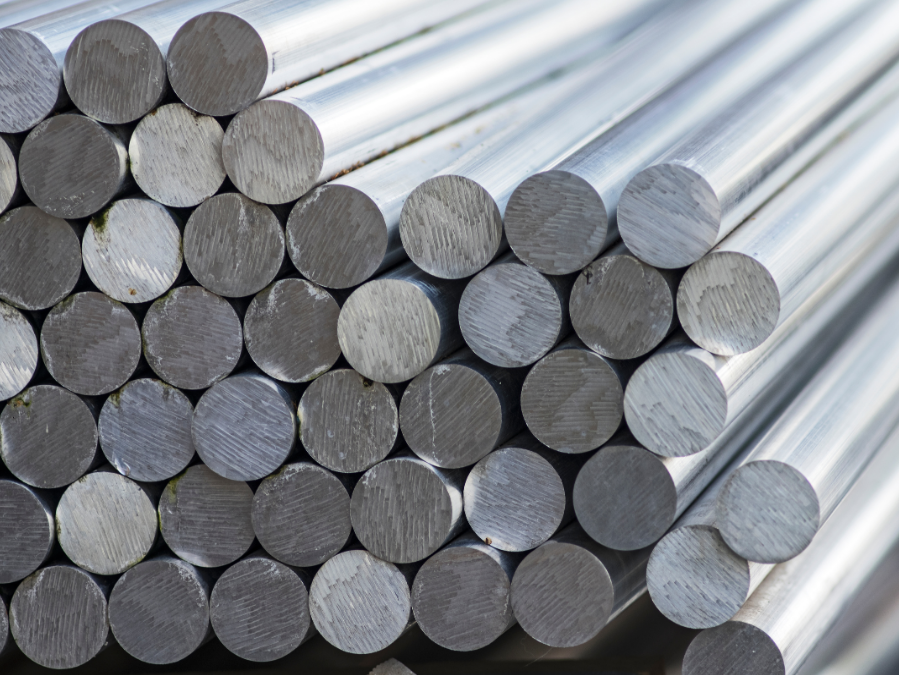Aluminum

Aluminum takeaways after 'Liberation Day'
Written by Gabriella Vagnini
April 3, 2025
If you import aluminum products, here’s where things stand after President Trump’s “Liberation Day.”
Most aluminum products, including primary, derivatives, beer, and cans, remain under Section 232 and are excluded from the new blanket tariff.
However, aluminum scrap (HTS 7602.0.00) is not excluded under the April 2 directive, and per the US Department of Commerce, it is now subject to the 10% tariff.
Quick checklist
If it’s cans or beer, you’re under Section 232, not the new blanket tariff, and duties start April 4.
If it’s scrap (7602.00), brace for the minimum 10% tariff. While scrap was previously exempt under Section 232, it is now included in the scope of the new blanket tariff – confirmed by the US Department of Commerce to CRU.
If it’s from Canada or Mexico, check USMCA compliance now, because the tariff hits are real, and enforcement is tightening. (See Executive Order for full details)
This isn’t just another tariff tweak. It’s a full reset of how the US is approaching global trade. With aluminum staying under Section 232 and everything else getting pulled into this sweeping emergency order, the message is loud and clear: If you’re not manufacturing in the US, you’re going to pay.
Country-specific rules
Canada and Mexico
If goods don’t qualify under USMCA, they face a 25% duty. If they do qualify, they remain under preferential terms, though they must prove origin. And energy and potash from Canada equal a 10% tariff, unless exempt.
China, Hong Kong, Macau
Treated as one, all face full tariff rates to block transshipment.
Everyone else
Take a look at Annex I to see the lay of the land.
HTS coverage is broad and includes everything not already under another carve-out. (Annex II)

Gabriella Vagnini
Read more from Gabriella VagniniLatest in Aluminum

Wittbecker on Aluminum: Can port fees bring US shipbuilding back?
Representatives from bulk commodity shippers and consumer goods argued against the fees, saying it could cripple supply chains because of the very dominance that China has in the existing shipping fleet.

Tariff talks define Alcoa’s Q1
Operational results painted a picture of a company that produced more aluminum but shipped less of it as a result of tariffs and timing mismatches.

Wittbecker: What comes after ‘Liberation Day’?
A week after "Liberation Day," the global economy got a 90-day “stay of execution.” The Trump administration hit the pause button on many of its broad tariff measures, with the exception of China.

The Value Trap: USMCA compliance paradoxes
A counterintuitive aspect of the 25% tariffs on autos is these percentages are measured in value, not by weight or part count. That means a few costly imported parts can outweigh dozens of cheaper local ones – and vice versa.
